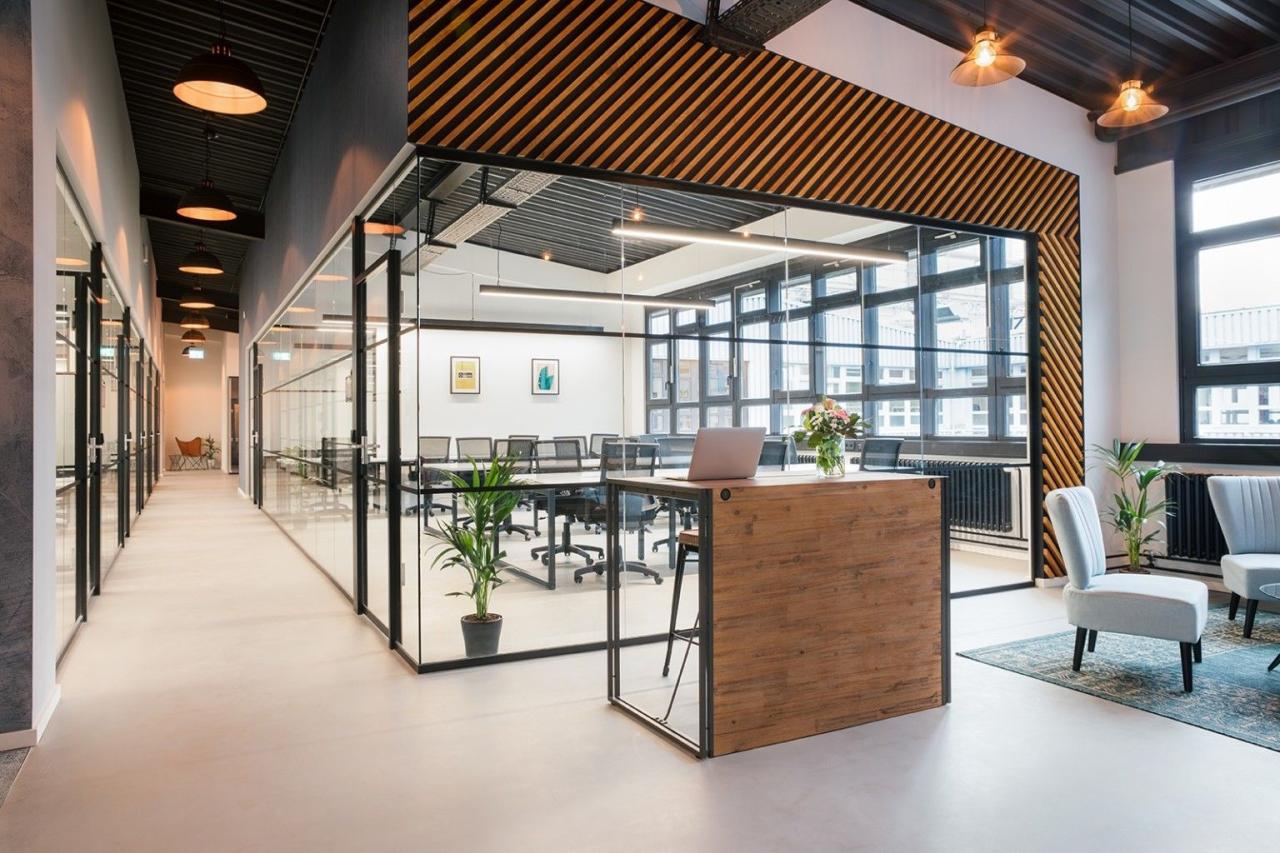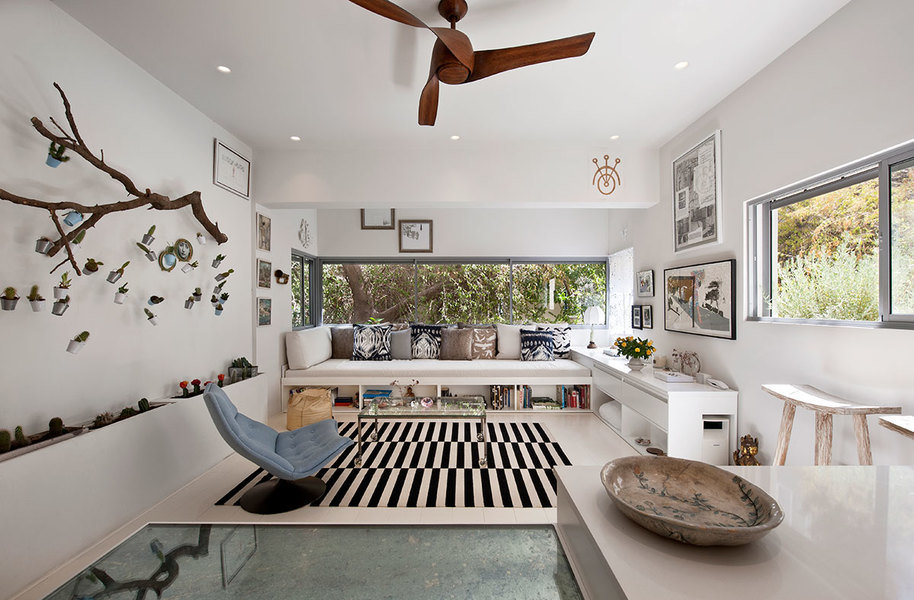The art of interior design has evolved dramatically, moving beyond mere decoration to become a sophisticated discipline that shapes our daily lives. At the forefront of this transformation are the design masters for modern spaces. These visionaries are not just choosing furniture and paint colors; they are crafting living environments that are intelligent, highly functional, and deeply attuned to the needs of the human occupants. They understand that a modern space must be a sanctuary from the complexities of the outside world, a place that fosters well-being, productivity, and a sense of calm. The new masters of design are blending technology, sustainability, and psychology to create interiors that are not just beautiful but also brilliant.
This comprehensive article will delve into the philosophies and groundbreaking work of these leading designers. We will explore the key principles that define their approach, from the embrace of minimalist aesthetics to the integration of seamless technology. Our goal is to provide a detailed, in-depth look at the trends that are redefining modern interior design and the brilliant minds leading the charge, creating spaces that are truly a reflection of our contemporary world.
The Principle of Minimalist and Functional Aesthetics

The foundational philosophy of modern design is a departure from clutter and excess. The new design masters believe that a space should be intentional, with every element serving a purpose. This approach creates a sense of clarity, order, and tranquility that is highly sought after in our fast-paced lives.
A. Clean Lines and Uncluttered Spaces: The first rule of modern design is to simplify. Designers are embracing clean, geometric lines and a “less is more” philosophy. This means a focus on essential furniture pieces, with an emphasis on quality and purpose over quantity. The result is an uncluttered environment that reduces visual noise and promotes a feeling of spaciousness and calm. This minimalist approach is not about a lack of personality, but rather about creating a neutral canvas that allows the individual elements to shine.
B. The Strategic Use of Color and Texture: While minimalist in form, modern spaces are rich in texture and subtle color. Designers often work with a neutral color palette—whites, grays, and earth tones—as the foundation. They then introduce depth and warmth through the use of varied textures. This could be a raw concrete wall, a woven rug, or a piece of furniture with a tactile finish. The interplay of these textures prevents a space from feeling sterile and adds a layer of visual interest that is both sophisticated and inviting.
C. Purposeful Furniture and Multipurpose Spaces: Modern spaces are designed for a dynamic lifestyle. Designers are selecting or commissioning furniture that is not only beautiful but also highly functional and often multi-purpose. A coffee table might have hidden storage, or a sofa might transform into a bed. The goal is to maximize the utility of every square foot, which is particularly crucial in urban environments where space is a premium. The layout itself is often designed with flexibility in mind, with open-concept plans that can be easily reconfigured for different uses.
D. Natural Light as a Design Element: For the modern design master, natural light is a powerful, transformative tool. A blueprint will prioritize large windows, glass doors, and skylights to flood a space with daylight. This not only makes a room feel larger and more open but also has a proven positive effect on mood and well-being. The strategic use of light can also be a design element in itself, with designers using it to highlight architectural features or create a dramatic effect.
The Integration of Intelligent Technology
A modern space is an intelligent space. The new design masters are seamlessly integrating smart technology to create homes that are not just automated, but truly responsive to their inhabitants. The technology is discreet, intuitive, and serves a greater purpose than mere convenience.
A. Holistic Home Automation: The defining feature of a modern, high-tech space is a centralized home automation system. This isn’t just a smart speaker or a smart thermostat; it’s a cohesive network that controls all aspects of the home, from lighting and climate to security and entertainment. Designers are working with technicians to embed this technology into the walls, floors, and ceilings, ensuring that the control panels and wires are invisible. The technology is felt through its benefits—such as a perfectly curated soundscape or a room that is always at the ideal temperature—rather than seen as a collection of gadgets.
B. Anticipatory and Data-Driven Design: The most forward-thinking designers are using data to inform their decisions. They are creating homes that can learn the habits and routines of the residents. For example, a home might automatically adjust the lighting and temperature as a person moves from room to room. It might unlock the front door and disarm the alarm when a resident’s car pulls into the driveway, using a combination of GPS and smart sensors. This level of anticipatory technology turns a home into a responsive partner in daily life.
C. Wellness Technology Integration: The new masters understand that technology can be a tool for well-being. They are incorporating sophisticated systems that monitor indoor air quality, filtering out pollutants and allergens. They are designing spaces with circadian lighting, which mimics the sun’s natural cycle to help regulate sleep patterns and improve mood. A modern space might also have a discreetly integrated sound system that plays calming frequencies or white noise to reduce stress and improve focus.
D. Smart Materials and Finishes: The intelligence of a modern space extends to its materials. There are now smart finishes that can change color or opacity with the touch of a button. There are self-healing concrete mixes and self-cleaning glass. These materials are not just aesthetically pleasing but also reduce maintenance and improve the longevity of the space.
The Imperative of Sustainability
Sustainability is no longer an optional add-on; it is a core tenet of modern design. The new masters are creating interiors that are not only beautiful but also environmentally responsible, with a focus on materials, energy, and waste.
A. Responsible Material Sourcing: The choice of materials is the first step in creating a sustainable space. Designers are prioritizing the use of recycled, reclaimed, and sustainably sourced materials. This includes everything from using reclaimed wood for flooring and furniture to specifying paints and finishes that have a low content of Volatile Organic Compounds (VOCs). They are also championing new materials, such as bamboo, which is a rapidly renewable resource.
B. Energy-Efficient Design: A modern space is an energy-efficient space. Designers are integrating passive design principles into their interiors, such as maximizing natural light and ventilation to reduce the need for artificial lighting and air conditioning. They are also specifying high-performance windows, doors, and insulation to create a highly efficient building envelope.
C. The Circular Economy in Design: The new generation of designers is thinking about the entire lifecycle of a product. They are designing for disassembly, selecting furniture and fixtures that can be easily repaired, reused, or recycled at the end of their life. This approach, known as the circular economy, is a powerful statement against the “take-make-dispose” model of consumption.
D. Biophilic Design: This is the practice of incorporating nature into the built environment. Designers are creating living walls, indoor gardens, and using natural materials like wood and stone to create a seamless connection between the interior and the outdoors. Biophilic design has been shown to reduce stress, improve well-being, and increase productivity, making it an essential element of modern, human-centric design.
The Focus on Personalization and Wellness

A modern space is a reflection of its owner’s personality and values. The new design masters are moving away from a “one-size-fits-all” approach to a more bespoke, personalized one.
A. Bespoke and Artisanal Elements: True luxury is in the unique and the customized. Designers are working with artisans to create bespoke furniture, hand-blown light fixtures, and unique wall treatments. This focus on craftsmanship ensures that the space is truly one-of-a-kind, with a soul and a story that cannot be replicated.
B. Sensory and Experiential Design: Modern spaces are designed to engage all the senses. Designers are not just thinking about how a space looks, but also how it feels, smells, and sounds. This includes everything from the acoustic properties of a room to the use of aromatherapy and the strategic placement of light sources to create a particular mood or atmosphere. The goal is to create an experience, not just a room.
C. The Sanctuary for Mental Well-being: In an age of constant connectivity, a home must also be a place for quiet reflection and mental rejuvenation. Designers are creating private sanctuaries within the home, such as meditation rooms, quiet reading nooks, or smart wellness studios. These spaces are designed to provide a much-needed escape from the stresses of daily life.
D. Flexible and Adaptable Spaces: The modern space is designed to adapt to a changing lifestyle. A home office might transform into a guest room, or a dining room might become a creative workspace. This flexibility is achieved through smart, modular furniture and adaptable layouts that allow a single space to serve multiple purposes, ensuring that the home remains relevant for years to come.
Conclusion
The design masters for modern spaces are a new breed of visionary. They are transforming interior design from a decorative art to a strategic discipline that is deeply concerned with functionality, technology, sustainability, and human well-being. Their work is a powerful testament to the idea that our living environments have a profound impact on our lives, and that thoughtful design can be a powerful force for positive change.
By embracing a minimalist aesthetic, integrating seamless technology, and committing to sustainable practices, these designers are creating homes that are not just beautiful but also intelligent, resilient, and responsive. They are proving that true luxury is not about extravagance but about a sense of harmony, comfort, and purpose. The future of interior design is in their hands, and it looks to be more dynamic, more responsible, and more inspiring than ever before. Their legacy will be a world of spaces that are not just places to live but sanctuaries that nurture the body, mind, and soul, a true reflection of the brilliance of the masters who shaped them.




